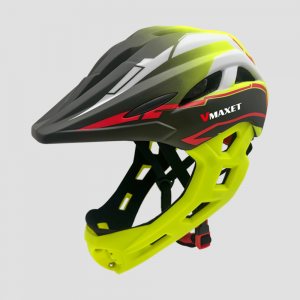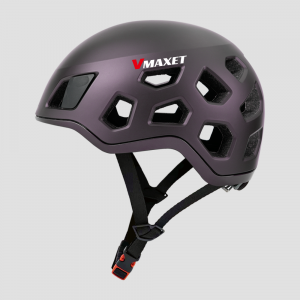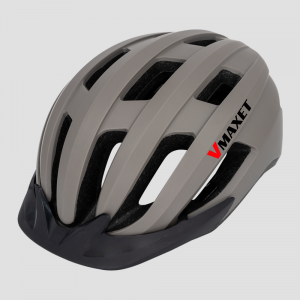The Evolution and Global Impact of Helmets: A Critical Shield for Safety and Innovation
In an era where safety and innovation intersect, helmets stand as a testament to human ingenuity. From ancient protective shells to high-tech, smart designs, these devices have evolved to safeguard lives across industries—military, transportation, sports, and beyond. This article explores the historical journey, technological advancements, safety standards, and global market trends of helmets, highlighting their pivotal role in modern society.
- A Historical Perspective: From Primitive Armor to Modern Protection
The concept of head protection dates back millennia. Early humans used natural materials like turtle shells and animal hides to shield against physical threats. As civilizations advanced, metallurgy enabled the creation of metal helmets, such as the bronze Corinthian helmets of ancient Greece and the iron helmets of Roman soldiers. These designs prioritized durability but lacked comfort and ventilation.
The Industrial Revolution marked a turning point. In World War I, the French “Adrian” helmet, made of steel, reduced head injuries by 75% compared to earlier leather designs. By World War II, the U.S. M1 helmet incorporated manganese steel, setting a benchmark for military headgear. Post-war, polymers like Kevlar revolutionized civilian and military helmets, offering lightweight yet robust protection.
- Key Functions and Diverse Applications
Helmets serve as the first line of defense in high-risk environments:
. Military: Ballistic helmets (e.g., PASGT, MICH) protect against shrapnel and bullets, adhering to standards like NATO’s STANAG 2920.
. Transportation: Motorcycle and bicycle helmets reduce fatalities by up to 42%, as emphasized by the WHO. Modern designs integrate aerodynamics and impact-absorbing liners.
. Sports: High-impact sports like skiing and football rely on helmets with advanced padding and rotational impact systems (e.g., MIPS).
. Workplace: Construction and mining helmets meet OSHA and EN 397 standards, shielding against falling debris and electrical hazards.
- Technological Breakthroughs in Modern Helmets
Innovation continues to redefine helmet performance:
. Materials: Composite fibers (Kevlar + carbon fiber) and 3D-printed structures enhance strength and reduce weight.
. Safety Features:
。 MIPS Technology: Minimizes rotational forces during collisions, critical for preventing concussions.
。 Integrated Sensors: Bluetooth-enabled helmets (e.g., Lazer’s Vento MIPS) track vital signs and trigger emergency alerts.
. Smart Helmets: AR navigation (Skully AR-1) and rear-view cameras improve situational awareness for riders.
- Global Safety Standards and Compliance
Adherence to international regulations is non-negotiable for manufacturers:
. Military: NATO’s STANAG 2920 and China’s GJB 2920 set ballistic resistance benchmarks.
. Civilian:
。 Europe: CE EN 1078 (bicycles), CE EN 12492 (mountaineering).
。 U.S. : CPSC (bicycle) and Snell Memorial Foundation (motorsports).
。 China: GB 811-2022 mandates stricter impact and stability tests for motorcycle helmets.
- Market Trends and Future Directions
The global helmet market is projected to reach $3.5 billion by 2030, driven by rising safety awareness and technological demand:
. Sustainability: Bio-based materials (e.g., corn starch composites) are gaining traction.
. Customization: 3D-printed helmets offer personalized fit and ventilation.
. Emerging Markets: Asia-Pacific dominates due to expanding urbanization and stricter traffic laws.
. Shared Economy: Rental services in tourism and bike-sharing sectors boost accessibility.
- Overcoming Challenges: Myths and Misconceptions
Despite their proven efficacy, helmets face persistent myths:
. Myth: “Expensive helmets guarantee safety.” Fact: Certification (CE, Snell) matters more than price.
. Myth: “Half-helmets are cooler.” Fact: Modern full-helmets often outperform half-helmets in ventilation.
. Myth: “Used helmets are safe.” Fact: Even minor impacts compromise structural integrity.
- Conclusion: Helmets as a Global Lifeline
Helmets symbolize the fusion of human creativity and safety. As technology progresses, they will continue to adapt—smarter, lighter, and more protective. For manufacturers and exporters, staying ahead of trends and compliance ensures competitiveness in a market where every life saved is a victory.
Ready to explore premium helmet solutions?
Partner with us to deliver cutting-edge, certified helmets that meet global safety demands.
 MAX HELMET
MAX HELMET


